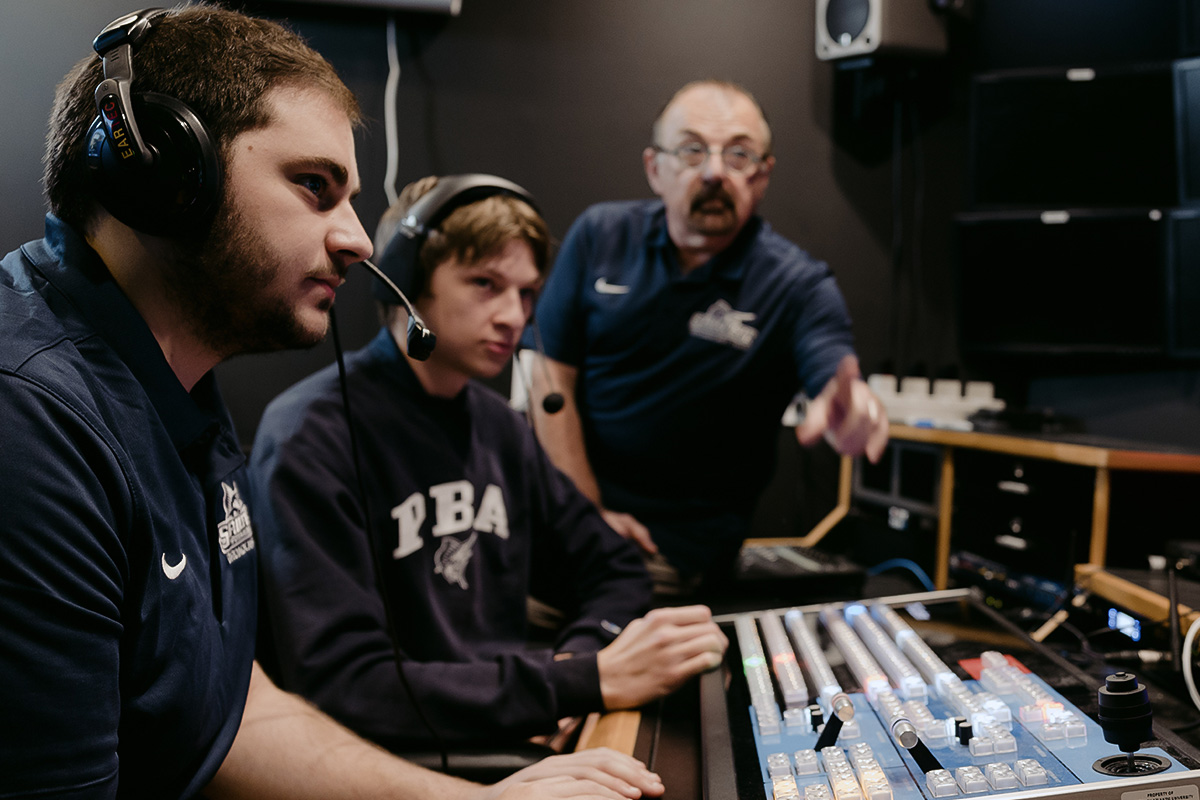Starting or advancing your career in the skilled trades can be an exciting path filled with opportunities for growth, learning, and achievement. Yet, navigating the required documentation is often one of the more complex steps. One critical form that many professionals encounter in the construction and apprenticeship world is the das 142. Understanding when to file it—and why it matters—can be the difference between moving forward seamlessly or facing unnecessary delays in your career development.
In this article, we will explore the purpose of the DAS 142, the right time to submit it, and how it impacts your apprenticeship or employment journey. Whether you are a new apprentice, an employer, or a seasoned professional moving into a new program, you will find clear, actionable guidance here.
What Is the DAS 142?
The DAS 142 is an official form used primarily in the construction and trade apprenticeship sectors, often required by the Division of Apprenticeship Standards (DAS) or similar governing bodies in your state. It is a key step for individuals seeking credit for their previous work experience or aiming to enroll in a registered apprenticeship program.
Filing the DAS 142 serves as a formal notification that you are applying for recognition of your work experience in a trade. The form allows the regulatory body to assess your eligibility and place you in the appropriate stage of training.
Why It Matters in Your Career
Submitting the DAS 142 on time can:
- Help you gain credit for prior experience, reducing the time required to complete your apprenticeship.
- Ensure you meet compliance requirements for your trade.
- Open doors to higher-level training opportunities or advanced job positions.
The Ideal Time to File the DAS 142
Knowing when to file the DAS 142 can save you significant time and effort. The timing often depends on your specific situation, career stage, and the requirements of your apprenticeship program or employer.
Filing Before Starting an Apprenticeship
If you are entering a new apprenticeship program and already have work experience in your trade, filing the DAS 142 before the program begins can give you credit for past experience. This could allow you to skip certain beginner modules and move directly into more advanced training.
Filing During Employment
For those currently employed in the trades but not yet enrolled in an apprenticeship, submitting the DAS 142 can be a step toward formal recognition of your experience. It can also prepare you for entry into an apprenticeship program without starting from scratch.
Filing When Changing Employers
If you switch to a new employer who participates in a registered apprenticeship program, you may need to file a new DAS 142 to ensure your previous work hours and skills are documented. This helps you maintain continuity in your career progress.
Steps for Filing the DAS 142 Correctly
Filing the DAS 142 is not complicated, but accuracy and completeness are crucial. Missing information or incorrect details can delay the process.
Step 1: Gather Documentation
Before starting, collect all records of your work history, including:
- Employer names and contact information
- Dates of employment
- Detailed descriptions of the work performed
- Any relevant certifications or licenses
Step 2: Complete the Form Accurately
Fill out every section of the DAS 142 clearly and truthfully. Double-check spelling, employment dates, and contact details.
Step 3: Obtain Employer Verification
In most cases, your past or current employers must verify the work experience listed on your DAS 142. This step confirms that your hours and skills are valid.
Step 4: Submit to the Correct Authority
Submit the completed DAS 142 to your state’s Division of Apprenticeship Standards or the equivalent governing body. Some states may require electronic submission, while others may accept paper forms.
Common Mistakes to Avoid When Filing the DAS 142
Even small errors can cause delays or rejection. Avoid these common pitfalls:
Missing Employer Signatures
Employer verification is mandatory. If you fail to obtain the required signatures, your DAS 142 will not be processed.
Inaccurate Work Hours
Overestimating or underestimating your hours can raise red flags. Always use documented evidence such as pay stubs or time logs.
Filing Too Late
Delaying your filing can mean losing out on credit for certain work periods, which might extend your training unnecessarily.
How the DAS 142 Impacts Career Growth
The DAS 142 is more than just a form—it is a bridge to faster career advancement. By accurately documenting your experience, you can:
- Shorten your apprenticeship period.
- Qualify for higher pay rates sooner.
- Access more challenging and rewarding work assignments.
- Position yourself for leadership roles in your trade.
Tips for a Smooth DAS 142 Filing Process
- Stay Organized: Keep your work history records updated regularly so filing is straightforward when the time comes.
- Communicate with Employers: Maintain good relationships with past and current employers to make verification easier.
- Follow Up: After submission, follow up with the appropriate agency to confirm receipt and processing.
- Consult Experts: If unsure, seek guidance from your union, apprenticeship coordinator, or industry association.
Conclusion
Filing the DAS 142 at the right time is a pivotal step in your career journey as a skilled trades professional. Whether you are seeking to get credit for previous experience, starting a new apprenticeship, or changing employers, timely and accurate filing ensures that your hard-earned skills are recognized. By understanding the purpose of the form, preparing your documentation carefully, and avoiding common mistakes, you position yourself for faster advancement, better job opportunities, and long-term success in your trade.



